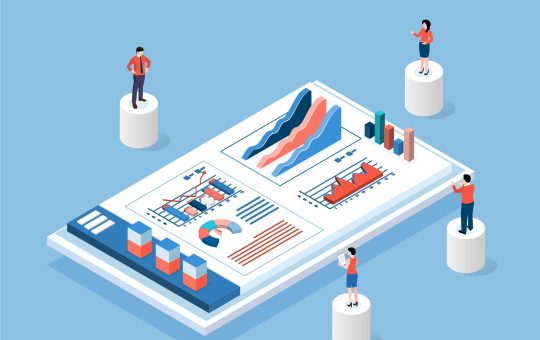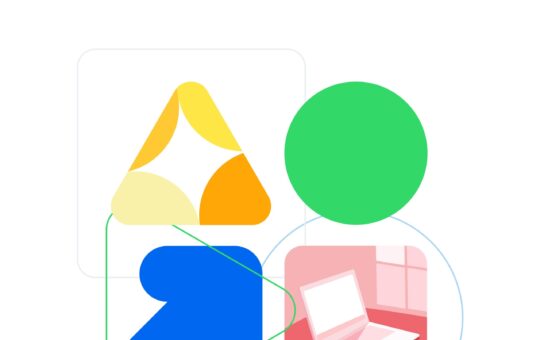Why your project is failing: investing in technology isn’t enough
Product companies are clouded by the newest technology, but that’s why so many of them fail. Let’s re-prioritise people into our way of thinking when developing ideas, putting their needs first and technology second.
I attended a talk recently on the future of Human-Centred Design, and it got me thinking about the relationship between technology and how we design products. We always hear people talk about user needs, user pain points and how important they are, but how many products and projects are failing because of the lack of understanding of what people want from their product or service?
“We are at the stage where we don’t need to think whether it’s possible to design the technology…instead we have to start thinking about what people want from it.” Dr Caroline Jay, Head of Research in the School of Engineering
Why do so many projects fail?
Put simply, we put an emphasis on the technology first, and users second. With so many companies looking to try the next best thing in immersive tech and new technologies, it can be difficult to keep up. Embracing new technology comes with immense challenges but more importantly reframing how we think and design these products has to fundamentally change to adopt new ways of thinking, working and consuming these products or experiences.
Throwing technology at a problem and not thinking about the people using the product is a fundamental problem for technology start-ups and scale-ups and their way of thinking needs to change. But actually, this often causes more complexity and people just aren’t ready for these new technologies and the change they bring to experiences.
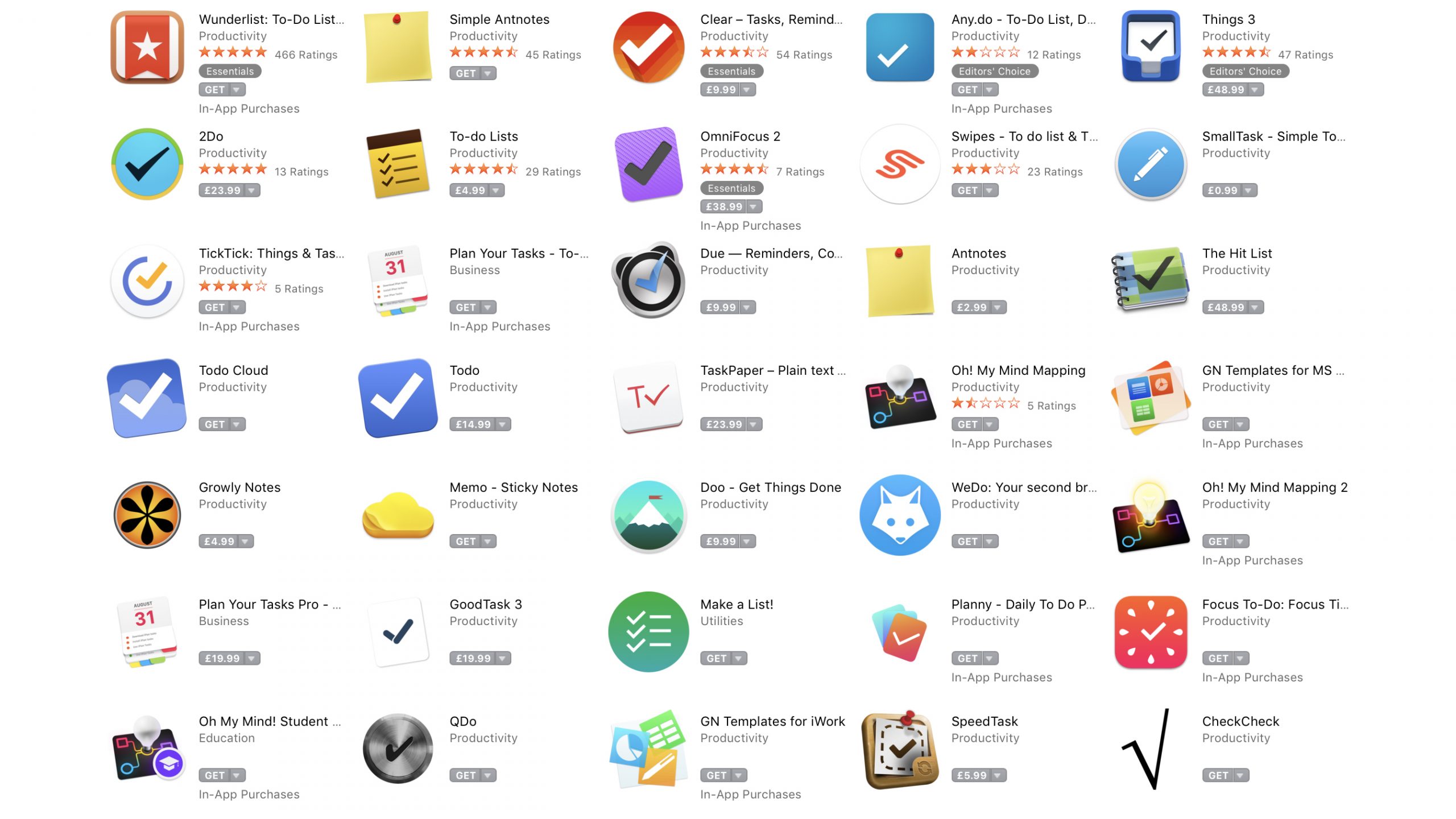
There are thousands of different productivity tools in the market at this time, all trying to solve the same problem with different features. To-Do apps are a great example of just how crowded this space has become, and looking at this image above shows just how similar they all really are – same logo, same name and same offering! So this is a clear example of why products can fail, zero differentiation. It’s not the new flashy tech or the shiny feature that wins, it’s the one that solves the problem best, whilst giving the customer the tools to do this.
We’re not ready for AI
An example of how people aren’t ready for the change that technology brings is the development and use of AI in software and services. I experienced this first hand working for a healthcare company in 2017 who offered doctor consultations through an app. They were only just getting some real competitors start to disrupt the market when I joined, having been doing this for 20 years prior. Their competitors were focusing on technology and AI to replace these in-person and online consultations, which they were doing through a chat-bot that diagnosed your symptoms.
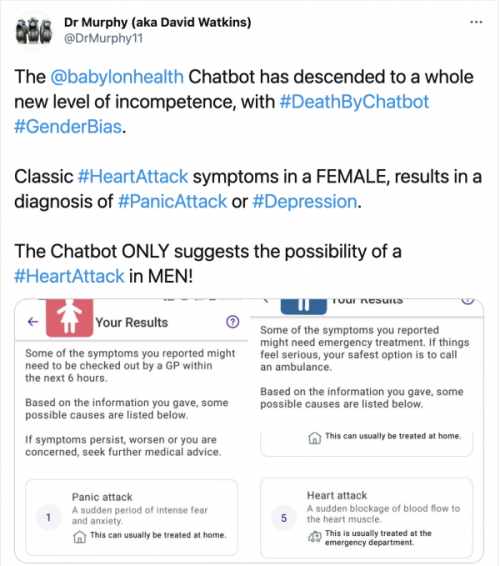
For us, we were resilient and stood up for what we believed in as a company. It was about putting people first – real doctors providing these services with trust and empathy supported by technology, rather than the other way round. Whilst technology with AI and chatbots seems exciting and glossy to investors with the promise of less strain on the NHS, it just wasn’t solving the customers problem in the same way our service could provide. They faced serious scrutiny from the public about these services, and some even reporting issues with the diagnosis the app provided them.
“As much as I think that AI is the technology of the future, unless we figure out how to trust it, we will not see it moving forward.” MIT Technology review article – Regina Barzilay, winner of 2020 AI prize
As the winner of the AI prize puts it, we’re just not ready for AI. Chatbots incorrectly diagnosing you are a key example of how this destroys our trust with technology, and does not put people first, it makes us test dummies for new technology.
How do I put people first?
To unlock more people-centric experiences we need to re-frame our thinking towards these products we are designing. Let’s actually think about re-prioritising people into our way of thinking when developing ideas, putting their needs first and technology second.
Usability testing is a great first step towards achieving this. Start by integrating your key user groups into the decision process when it comes to either developing a new product or refining an existing one. This can be done through various methods such as:
- A/B testing, using two versions of the same page to see which performs better
- Moderated interviews, in-person studies
- Unmoderated testing using tools such as usertesting.com
By allowing the space for your users to tell you first hand the challenges they are experiencing, you can start to uncover opportunities and start targeting your users behaviours. The diagram below shows what we are looking to uncover by carrying out both user testing and usability testing within the product lifecycle.
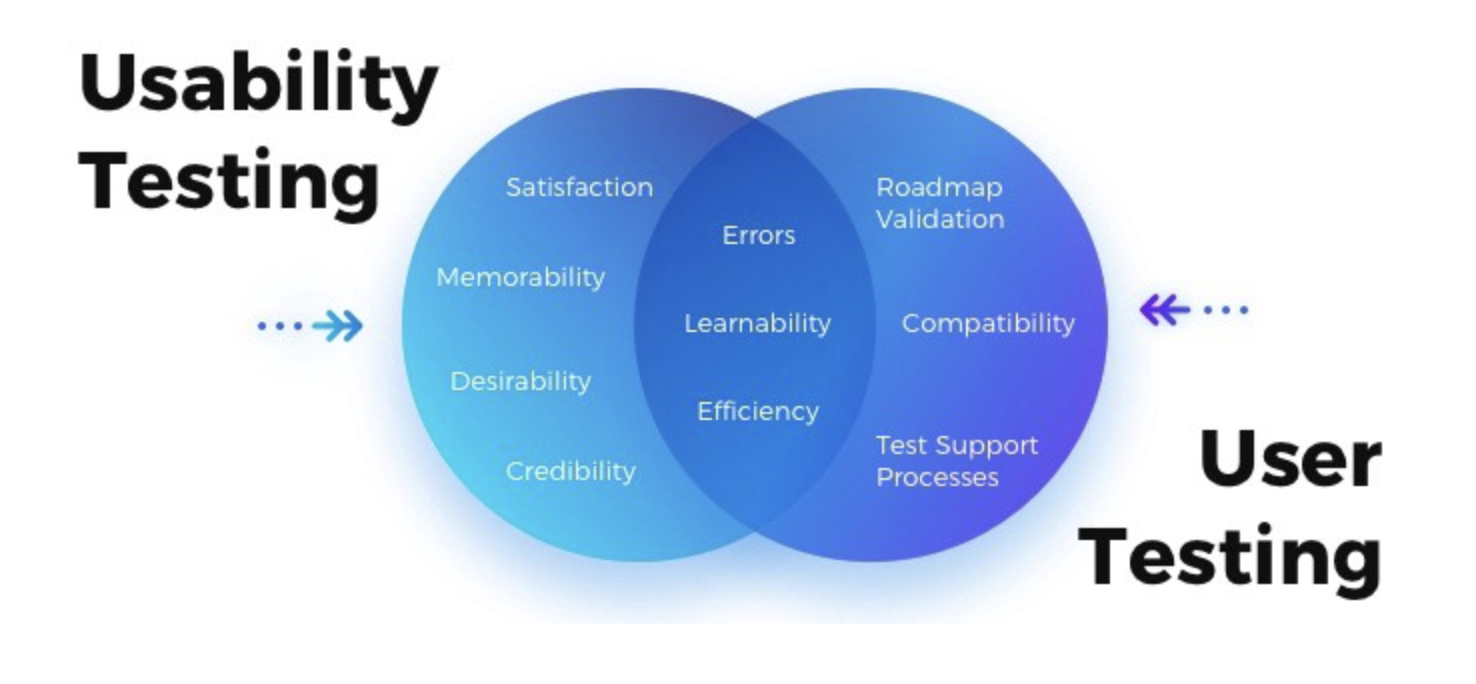
The first step: Audit your product or service
Along with using these methods, how can you get to a place where you re-frame your way of thinking? The first step is to actually assess and audit your current product and the experience this is giving your customers. Figuring out what’s working and what’s not is the first path towards succeeding and creating real value for your users. You can then go on to start embedding these usability studies into your day-to-day practice.
Contact us to book a discovery call and start a UX Audit.
